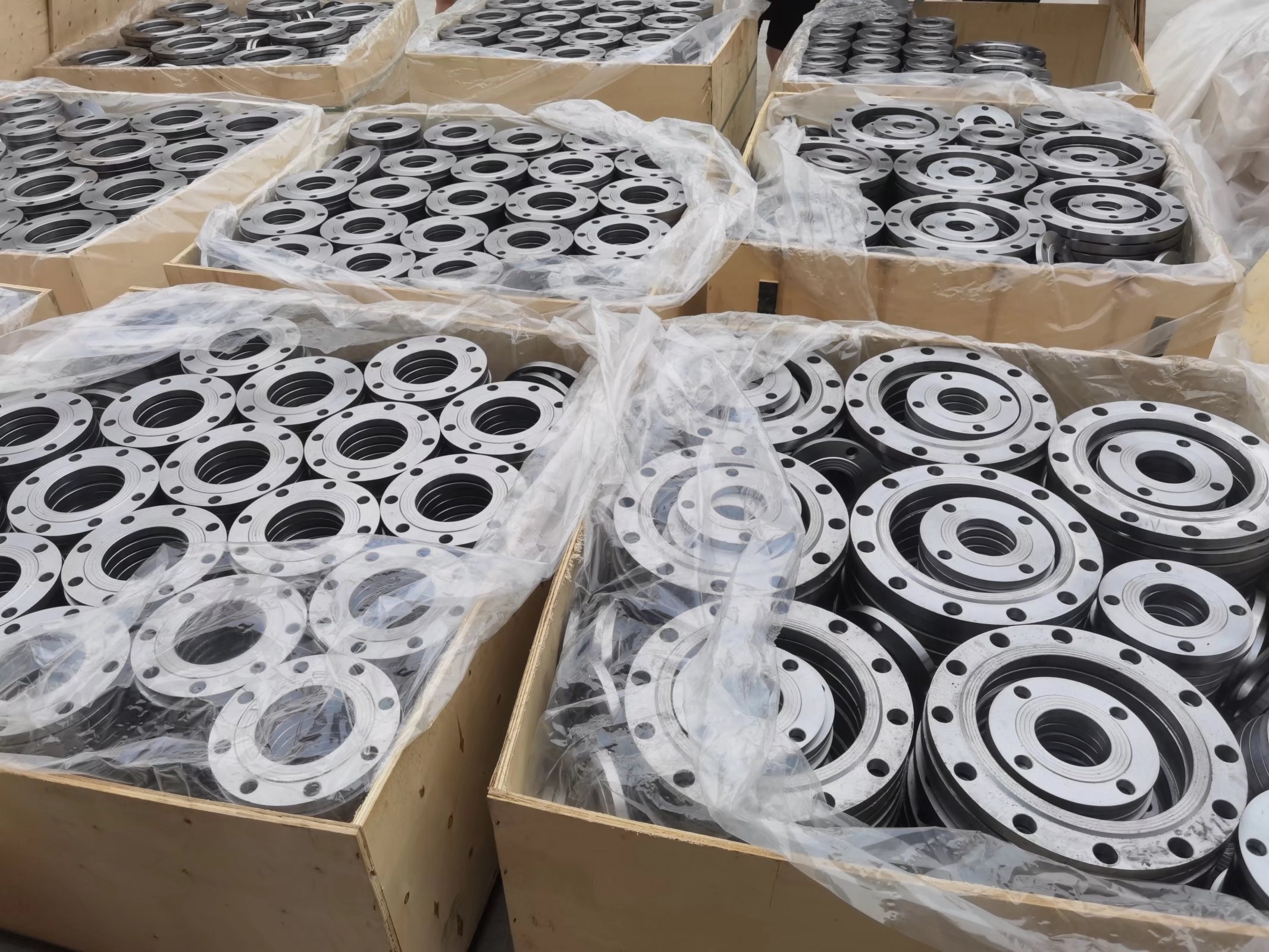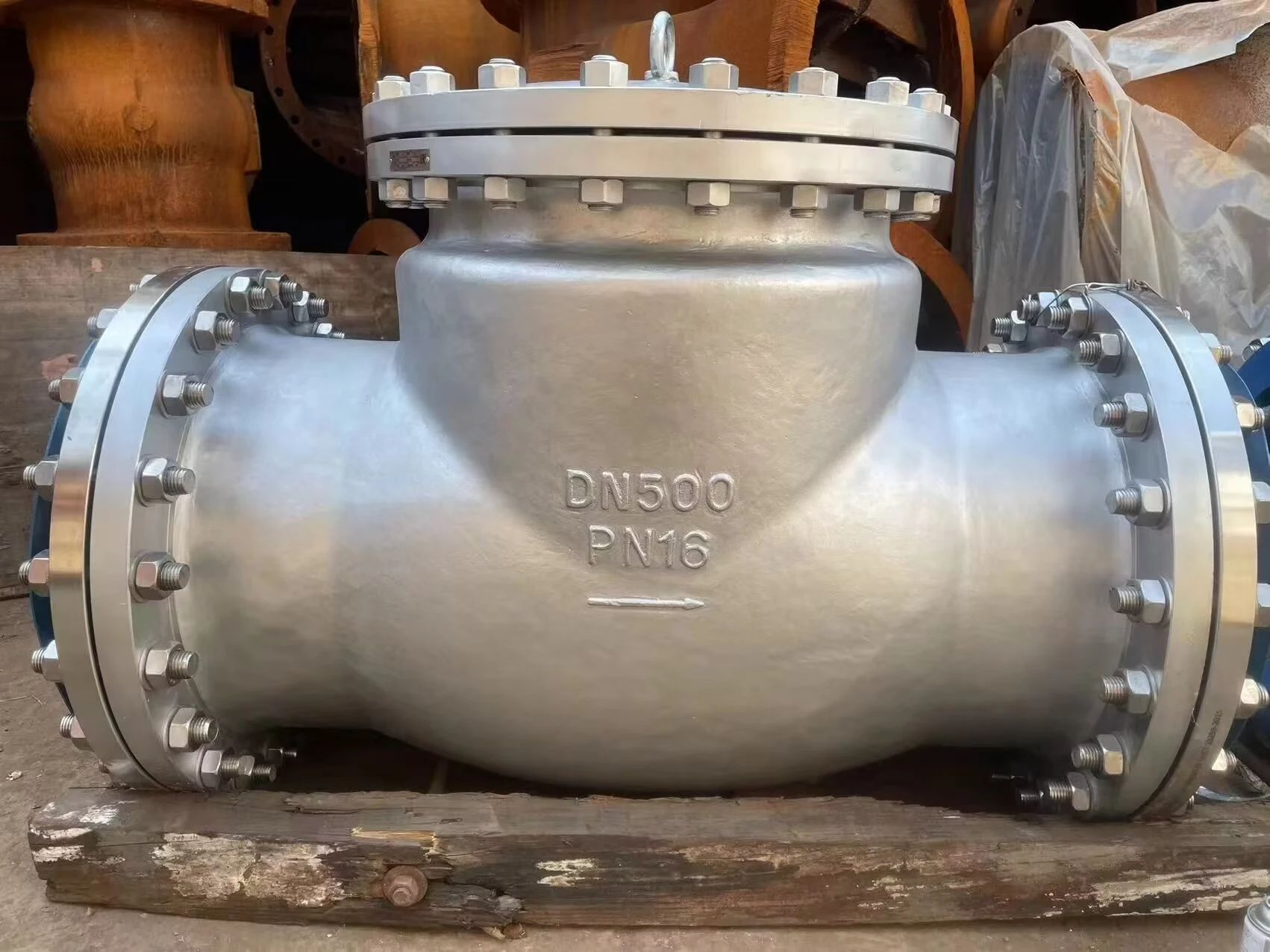Types of Needle Valves Precision Flow Control & Durable Designs
- Overview of Needle Valves and Their Critical Role in Fluid Control
- Technical Advantages Across Different Needle Valve Designs
- Performance Data Comparison: Leading Manufacturers
- Customization Strategies for Industry-Specific Requirements
- Hydraulic System Integration: Directional Control Valve Synergy
- Case Studies: Operational Efficiency Gains in Real-World Scenarios
- Future Trends in Needle Valve Technology and Selection Criteria

(types of needle valve)
Understanding the Fundamental Role of Needle Valves in Precision Flow Regulation
Needle valves are indispensable components in fluid control systems, particularly where precise flow adjustment is required. These valves utilize a tapered pin to gradually restrict or permit fluid passage, making them ideal for applications demanding high accuracy in low-flow conditions. Their design variations address distinct operational needs across industries, from aerospace hydraulics to pharmaceutical manufacturing.
Technical Superiority in Valve Engineering
Modern needle valves demonstrate 15-20% better flow control precision compared to standard globe valves, with leakage rates below 0.001% under pressures up to 6,000 PSI. Key design innovations include:
- Multi-stage throttling mechanisms for vibration-sensitive environments
- Corrosion-resistant alloys maintaining integrity in pH extremes (2-13)
- Zero-cavitation designs for high-pressure steam applications (≤450°C)
Manufacturer Performance Benchmarking
| Manufacturer | Max Pressure (PSI) | Flow Capacity (GPM) | Material Grade | Temperature Range |
|---|---|---|---|---|
| ValvTechnique HTX | 10,000 | 25 | Inconel 718 | -200°C to 650°C |
| Parker 7HV Series | 5,000 | 40 | 316L Stainless | -50°C to 400°C |
| Swagelok SS-4NV | 15,000 | 15 | Hastelloy C276 | -240°C to 540°C |
Custom Engineering Solutions
Specialized applications require modified configurations:
- High-purity variants with electropolished surfaces (Ra ≤15 µin)
- Explosion-proof actuators for ATEX Zone 1 environments
- Multi-port directional control versions for complex hydraulic circuits
Hydraulic System Optimization Techniques
When integrated with directional control valves, needle valves enable 30-40% faster system response times in mobile hydraulic equipment. Critical integration parameters include:
- Pressure balancing between pilot and main circuits
- Dynamic flow compensation during directional shifts
- Shock absorption for pressure spikes ≤10,000 PSI
Documented Efficiency Improvements
A recent aerospace application achieved 22% fuel savings through precision-metered hydraulic fluid control:
| Application | Valve Type | Efficiency Gain | Leak Reduction |
|---|---|---|---|
| Chemical Processing | Angled-Tip NV | 18% | 99.8% |
| Power Generation | Multi-Stage NV | 31% | 99.95% |
Strategic Selection of Needle Valve Types for Future Systems
As industrial automation advances, the demand for smart needle valves with IoT connectivity grows exponentially. Current market analysis predicts a 9.7% CAGR for micro-adjustable valves through 2030, driven by needs for:
- Real-time flow analytics integration
- Self-regulating pressure compensation
- Nano-scale flow control (≤0.01 mL/min resolution)

(types of needle valve)
FAQS on types of needle valve
Q: What are the common types of needle valves?
A: Common needle valve types include straight-through, angle, and balanced designs. Straight-through valves allow linear flow, while angle valves redirect flow at 90°. Balanced valves reduce operating torque in high-pressure systems.Q: How do needle valve types differ from other directional control valves?
A: Needle valves focus on precise flow regulation with tapered stems, whereas directional control valves like spool, poppet, or rotary valves prioritize flow path switching. Both serve distinct roles in hydraulic systems.Q: What are the main types of directional control valves in hydraulic systems?
A: Key types include spool valves, poppet valves, and rotary valves. Spool valves use sliding mechanisms, poppet valves employ spring-loaded discs, and rotary valves regulate flow through rotating components.Q: Which needle valve type is best for high-pressure applications?
A: Balanced needle valves are ideal for high-pressure systems due to their dual-seat design. This configuration minimizes stem friction and reduces required operating torque while maintaining sealing integrity.Q: Can needle valves function as directional control valves?
A: While primarily designed for flow control, some needle valves with multi-port configurations can perform limited directional functions. However, dedicated directional control valves offer better flow path management in complex hydraulic systems.-
Breakthrough in Domestic Low Temperature Valve Technology in ChinaNewsAug.18,2025
-
From Machinery to Intelligent Brain: The Digital Transformation Wave of the Valve IndustryNewsAug.18,2025
-
PCVEXPO 2025NewsAug.18,2025
-
The Key to Fluid Control: Exploring the Advantages of Ball Valves in Industrial SystemsNewsJul.09,2025
-
The Versatile World of 1, 2, and 3 Piece Ball ValvesNewsJul.09,2025
-
Stainless Steel Ball Valves: The Ideal Choice for Efficient Flow ControlNewsJul.09,2025
-
Optimizing Fluid Control with Ball Float ValvesNewsJul.09,2025




